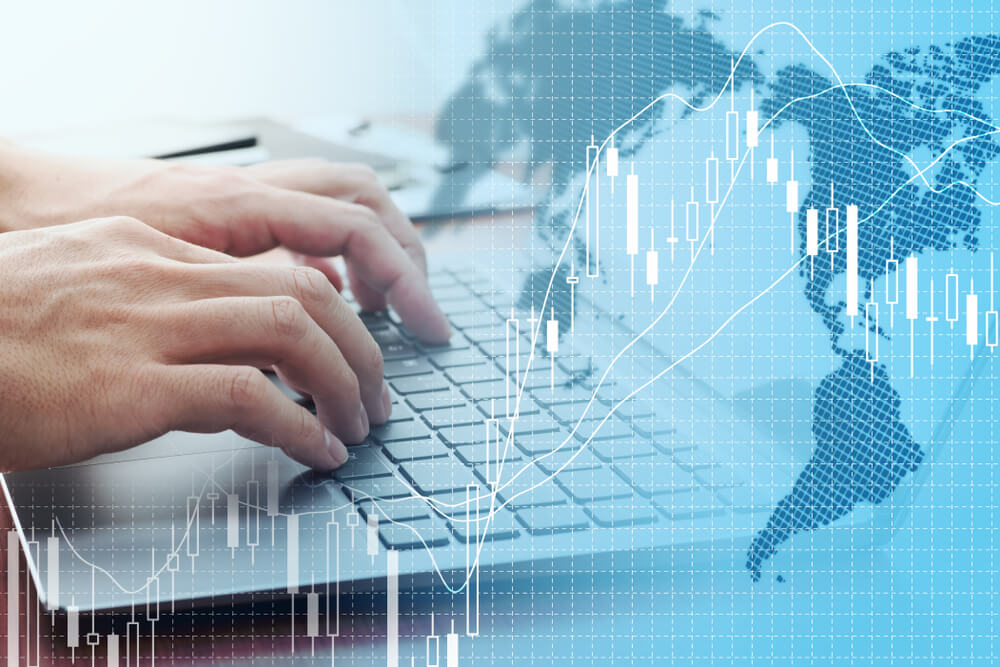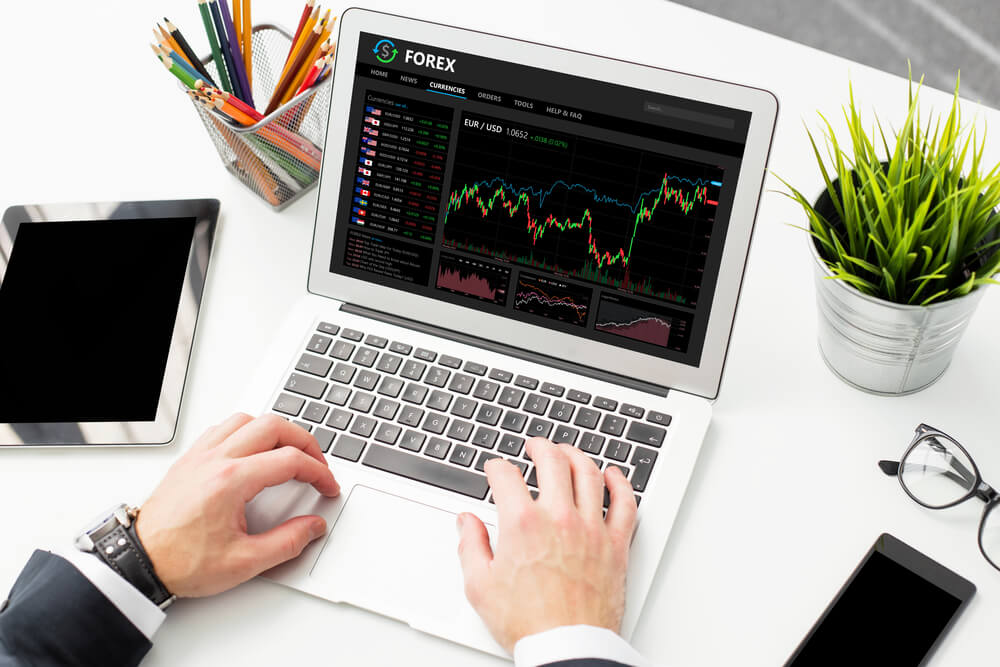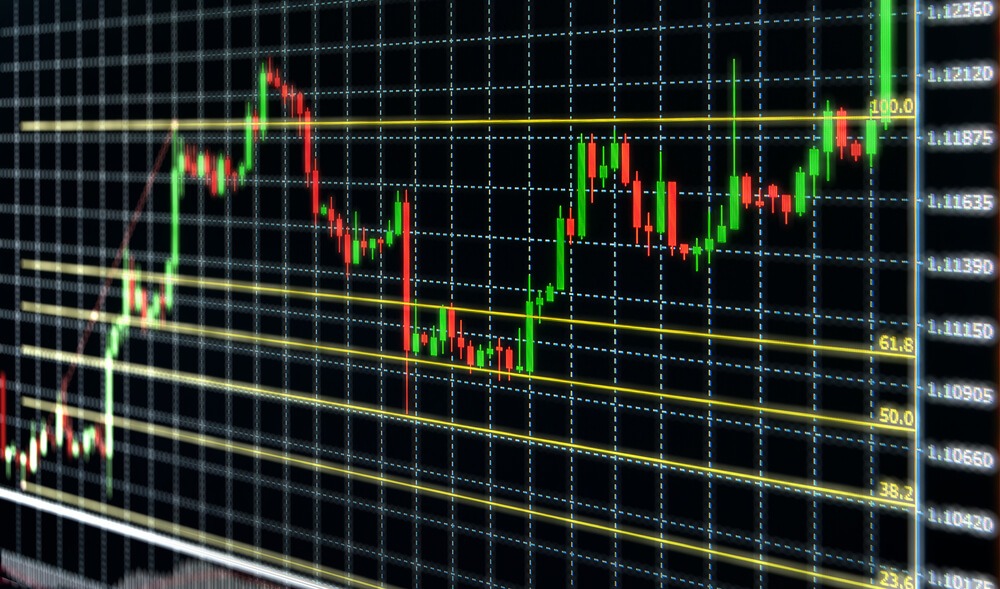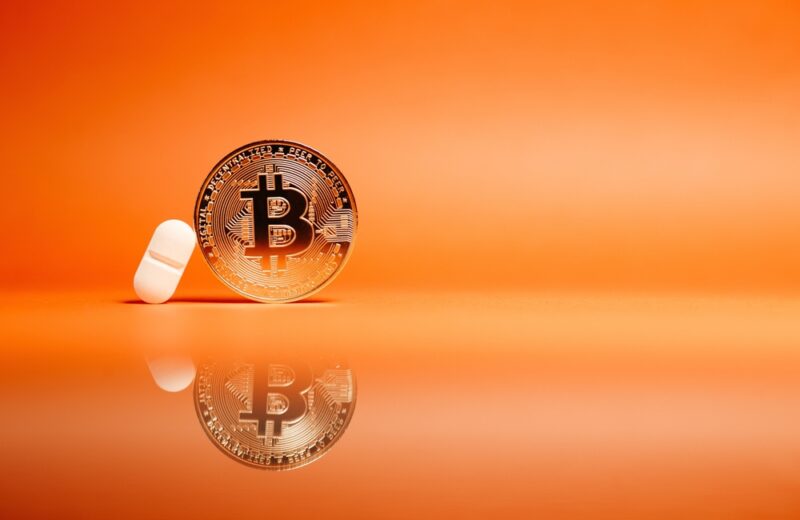Confused about which type of broker you should choose?
That’s entirely up to you! One type of broker isn’t better than the other since it will all depend on the kind of trader you are.
Before you select a broker, it’s vital to understand and learn that not all brokers are the same.
Different types of forex brokers track their business through different trading representations.
When you trade in the forex market, you need to know who you are trading in contradiction of and exactly where your direction is going for performance.
This will give you a solid understanding of how the Forex market works.
In this article, we will tackle the difference between Dealing Desk versus No Dealing Desk forex brokers. These are the two types of forex brokers.
This is a step towards choosing one for the betterment of your trading career.
Dealing Desk Forex Broker

A Dealing Desk broker is the one who takes trades from its clients without necessarily trading in the underlying market itself. They will provide a quote based on the underlying market price, and then sit on the other side of the client’s trade.
TRIVIA: It is also called a Market Maker.
This is because they make the market for their clients as to supplying them with the liquidity to execute their trades.
In this execution model, when you trade successfully, you make money off the dealing desk broker.
On the flip side, your broker profits from your trading losses. This also means that you trade contrary to your broker. In addition, your command is not being sent to the real inter-bank market.
Since the Dealing Desk broker keeps your order in-house and does not perform it to the real market, it’s no wonder that Dealing Desk brokers have a struggle of interest against their clients.
No Dealing Desk Forex Broker
No Dealing Desk (NDD) brokers are very distinct from trading through a dealing desk, where the broker is likely to remain on the other side of your trade.
Here, they do not pass their clients’ orders through a Dealing Desk. Instead, they send those orders directly to the market.
Orders such as liquidity providers, banks, other brokers, etc. are in this.
It implies that they do not take the other side of their clients’ trade, as to the contrary. They work by directly connecting two opposite parties.
Meanwhile, when there is no dealing desk, the company could only profit from the dealing spread per trade.
They will have no financial awareness of whether your trade profits or loses money.
You will have access to a high-liquidity pool full of the competitive bid and ask prices, and you will know that whatever position you take your broker is not taking a place in contrast to you.
The No Dealing Desk model has three types of brokers:
- STP – Straight-Through Processing
- ECN- Electronic Communication Network
- DMA- Direct Market Access

First, the STP is a method used by financial companies to speed up financial transactions by processing without manual intervention.
Second, the ECN broker is the ideal broker style among retail traders.
Moreover, the ECN model is an electronic trading technology where in all market members trade against each other. They do it by sending competing bids and offers into the system.
Lastly, the DMA is a way of placing trades that offers more flexibility and transparency than traditional dealing which is usually referred to as OTC, or over the counter. It’s suitable for advanced traders.
To end that, with all the differentiation as well as pros and cons, always remember there are still some crucial standards that all brokers should meet.
To be the best trader, you just need to be aware and always check the authenticity of the broker. In addition, you should know how to protect yourself from a forex broker scam by being ahead of all the significant things.
















